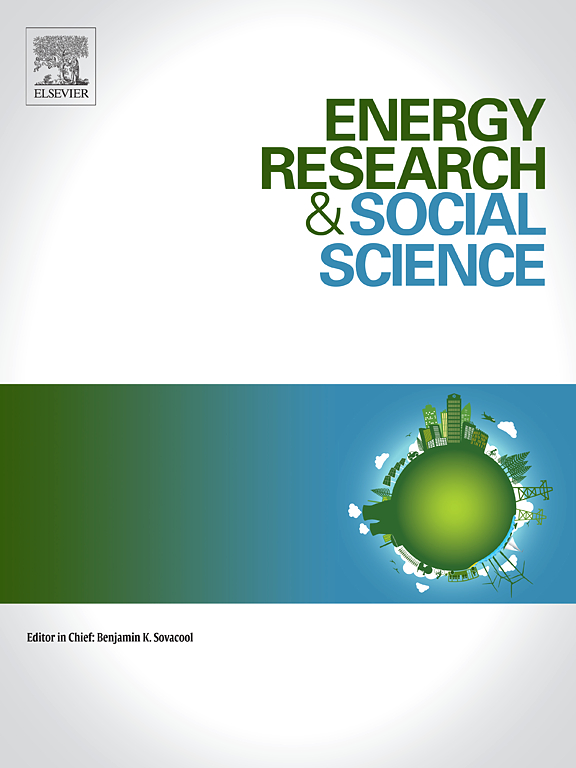Barriers to Creating a Market for Hydrogen: Insights from Global Roadmaps and Stakeholders in the United States
IF 6.9
2区 经济学
Q1 ENVIRONMENTAL STUDIES
引用次数: 0
Abstract
We analyze barriers to setting up a hydrogen market by using a PESTEL framework that examines political, economic, social, technological, environmental and legal barriers. This framework is advantageous for analyzing macro-environmental factors to understand potential challenges and opportunities in creating such a market. Internationally, the framework was applied to analyzing barriers in 56 national hydrogen roadmaps, and domestically in the U.S. to semi-structured interviews with 43 stakeholders involved with hydrogen projects across the U.S. today. In the country-level international analysis, infrastructure development was the most identified barrier, with 43 countries including this factor. Infrastructure development included infrastructure for hydrogen storage, transportation, and distribution, and frequently alluded not only to the need for the infrastructure, but also the costs associated. The second most identified barrier was related to the need for market development - including but not limited to capital costs, economic competition, supply and demand matching, and first-mover reticence. For the domestic analysis, results from qualitative content analysis confirmed considerable variability across regions and stakeholder backgrounds. Particularly notable were divergent views about the importance of public understanding of and support for hydrogen projects, with industry respondents arguing this was not important and government and academic respondents considering it very important. The barriers seen as having the largest impact on deployment of hydrogen projects was a lack of regulatory clarity and lack of decision makers’ knowledge and awareness. Domestically, the most often introduced barriers were the need for the support of market demand, and the need to develop a hydrogen workforce.
求助全文
约1分钟内获得全文
求助全文
来源期刊

Energy Research & Social Science
ENVIRONMENTAL STUDIES-
CiteScore
14.00
自引率
16.40%
发文量
441
审稿时长
55 days
期刊介绍:
Energy Research & Social Science (ERSS) is a peer-reviewed international journal that publishes original research and review articles examining the relationship between energy systems and society. ERSS covers a range of topics revolving around the intersection of energy technologies, fuels, and resources on one side and social processes and influences - including communities of energy users, people affected by energy production, social institutions, customs, traditions, behaviors, and policies - on the other. Put another way, ERSS investigates the social system surrounding energy technology and hardware. ERSS is relevant for energy practitioners, researchers interested in the social aspects of energy production or use, and policymakers.
Energy Research & Social Science (ERSS) provides an interdisciplinary forum to discuss how social and technical issues related to energy production and consumption interact. Energy production, distribution, and consumption all have both technical and human components, and the latter involves the human causes and consequences of energy-related activities and processes as well as social structures that shape how people interact with energy systems. Energy analysis, therefore, needs to look beyond the dimensions of technology and economics to include these social and human elements.
 求助内容:
求助内容: 应助结果提醒方式:
应助结果提醒方式:


